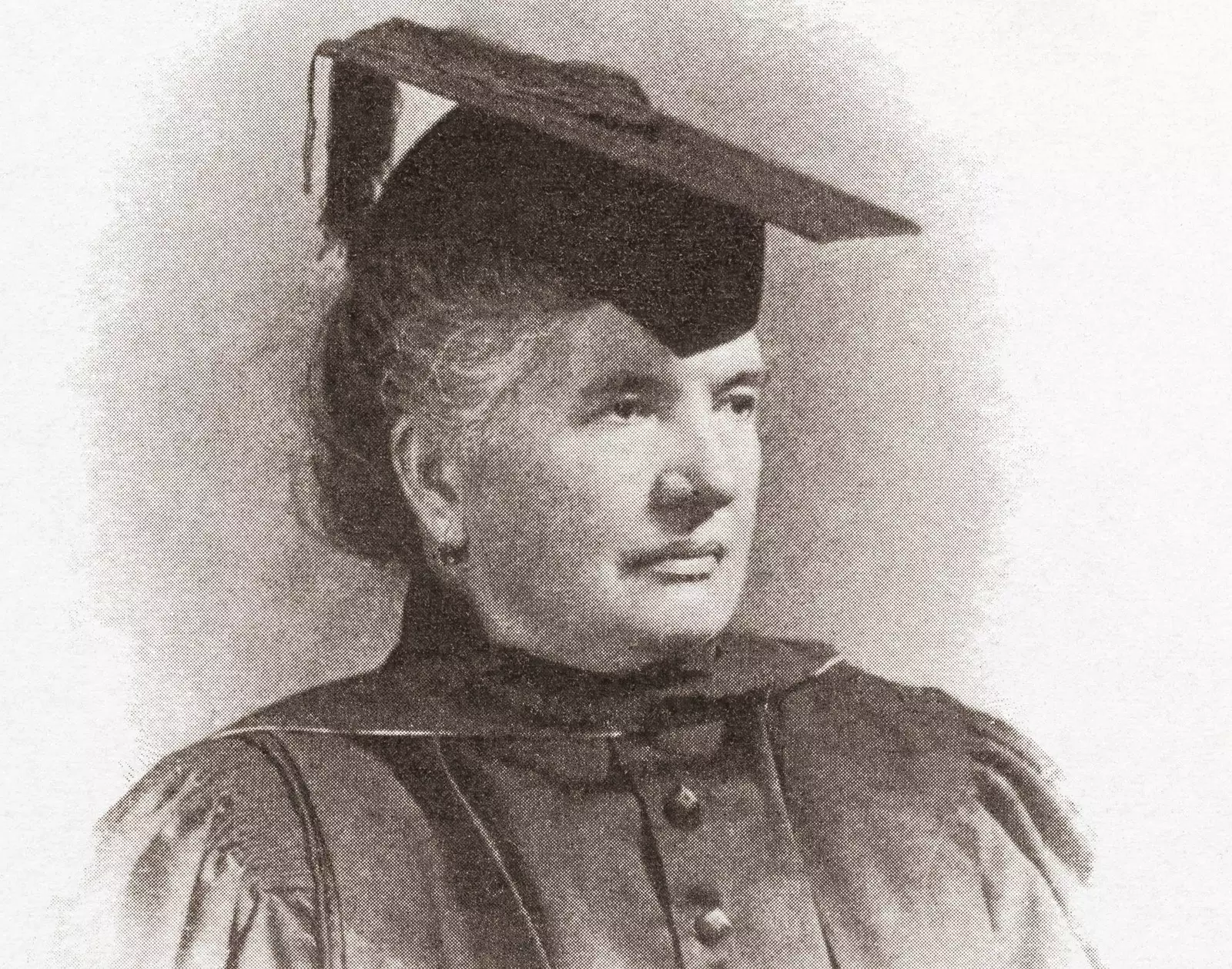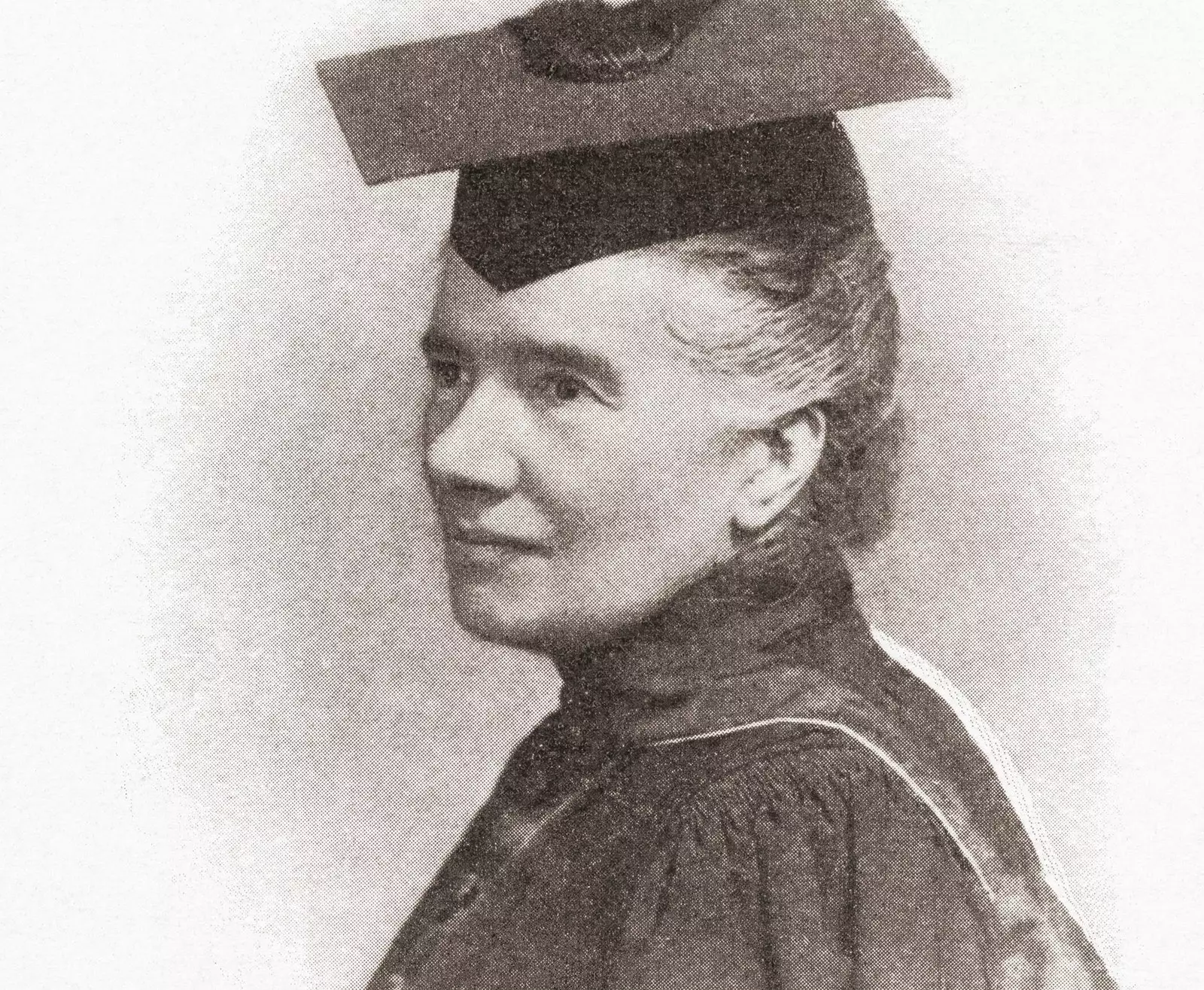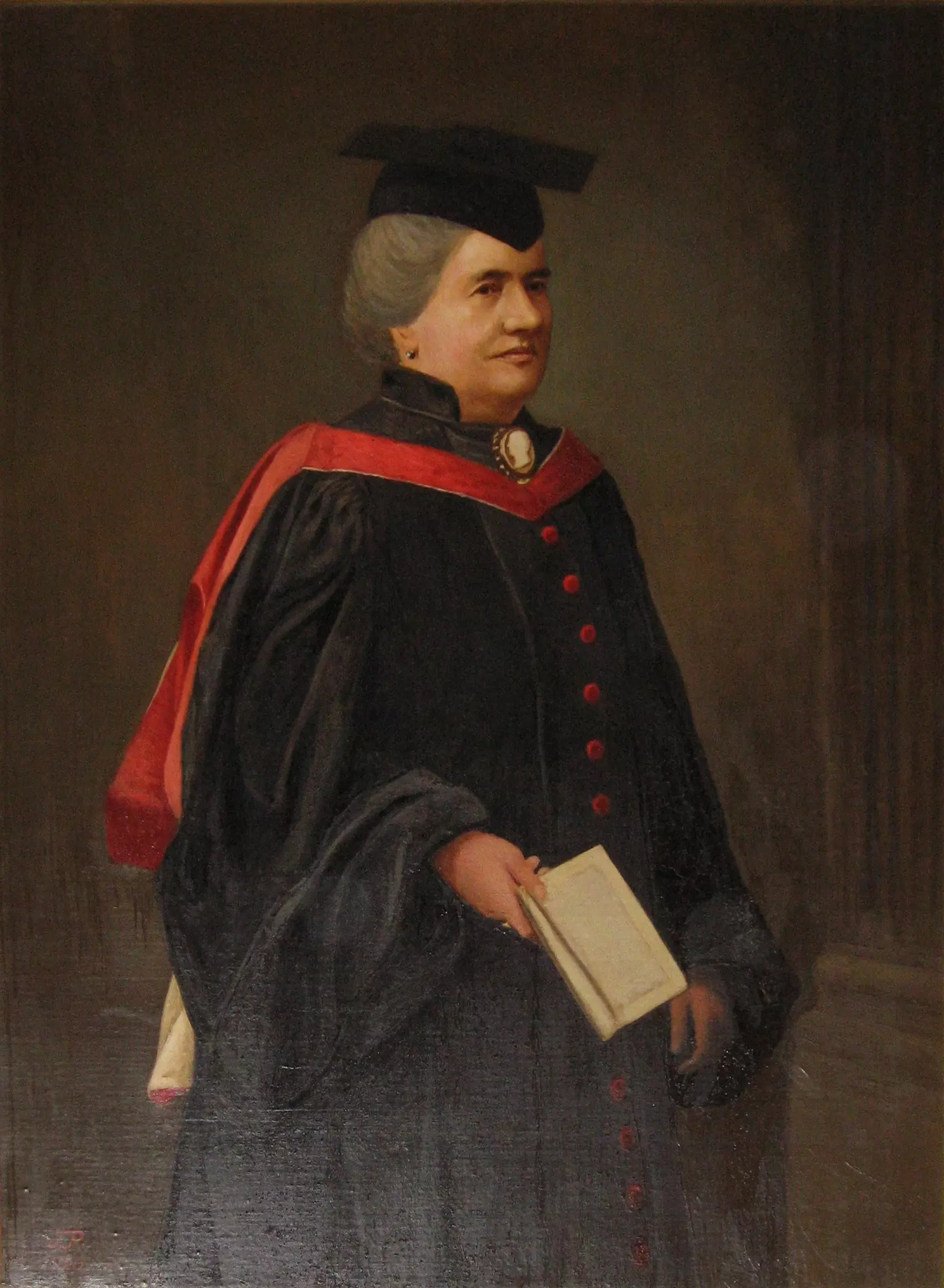
Agnes SmithLewis
The Scottish twins and self-taught scholars Agnes and Margaret Smith also known as the sisters of sinai defied the conventions of the Victorian era and went down in history for discover some of the most important religious manuscripts found to date , such as the Syriac Sinaitica or the first pages of the book of Ecclesiastes, in addition to catalog the library of the monastery of Santa Catalina, which contains the second largest collection of codices and manuscripts in the world, after the Vatican Apostolic Library.
born in Scotland in 1843, the twins were raised by their father, a wealthy lawyer, who provided them with a privileged upbringing. Since they were little, the sisters showed a special talent for languages. Already in adolescence They spoke French, German, Spanish and Italian.
When their father died, when the sisters were 23 years old, they received a huge inheritance of approximately a quarter of a million pounds. The young women did a trip to egypt which would be the first the nine made to this country between 1868 and 1906. In the 19th century, Egypt still represented for Protestants the country of the Bible.
Back in Britain, the twins set about learning more languages, including ancient and modern Greek, Hebrew, Arabic and Syriac, a dialect of Aramaic. They settled in cambridge, where they met their respective husbands.
margaret married a famous Scottish minister named James Gibson when she was 40 years old; agnes got married with scholar Samuel Savage Lewis four years later, in 1887. Both marriages allowed the sisters' entry into society at the university world of Cambridge who had previously dismissed them as eccentric.
Tragically, both men they died after only three years of marriage. Perhaps, as a consolation, the sisters decided in 1892 to embark again on a journey to the Sinai desert in Egypt , this time with a clear purpose.

Margaret Dunlop Gibson
Towards the second half of the 19th century, scientists began to develop theories and create institutions separate from religion. The veracity of the Bible and the origin of the sacred writings began to be questioned, something that was traumatic for ardent believers like the Smith sisters.
When traveling to St. Catherine's Monastery one of the oldest monasteries, dating from the 6th century, and which are still occupied even now, the sisters proposed examine a series of Syriac manuscripts about which they had learned thanks to a great orientalist James Rendel Harris. Agnes and Margareth hoped they could clarify the origins of the Bible and thereby restore the religious authority that was being lost.
The monks of the monastery gave a great welcome to the sisters with whom they were able to communicate in Greek. They were soon told the place where the manuscripts they were looking for were to be found, and there Agnes found an Arabic manuscript describing the martyrdom of the saints.
Agnes soon learned that the manuscript was special. Beneath the Arabic text, she could make out an ancient script in Syriac, a branch of Aramaic, the language that Jesus had spoken. She understood that it was a palimpsest (a manuscript that has been overwritten and retains traces of earlier writing), and with her command of Syriac, she realized that the subtext was probably the Gospel of Mark. they just found the Syriac Sinaitic, also known as the Sinaitic Palimpsest, the oldest translation of the gospels known to date.
In the Sinaitic Palimpsest the superscription dates from the end of the 8th century and the writing in Syriac that had almost disappeared dates from the fourth century, closer to the origin of Christianity. The manuscript was key when it came to resolve the discrepancies that existed between the different Greek versions of the Gospels.
Overnight, the newspapers turned the sisters, who in 1892 were around 50 years old, into public figures. His commitment to the monastery of Santa Catalino did not stop there. At the request of the monks, who fully trusted the twins, the sisters produced the first library catalog in Syriac, Greek, and Arabic. catalog the manuscripts made it more difficult for scholars to plunder come from all over the world.
In 1896 the sisters returned to Egypt where in a Cairo market they ran into some Hebrew manuscripts They were very deteriorated. Returning to Cambridge, Professor Solomon Schechter confirmed that it was an original 2nd century copy of the Hebrew book of Ecclesiastes.
The manuscripts came from the Ben Ezra Synagogue in Cairo, where Solomon Schechter later found in the geniza, a room in which the Jews deposited documents, one of the most important archaeological finds of Jewish culture. A large library with more than 300,000 paper and parchment documents, 1,000 years old. The themes and origin of the fragments are diverse, but those of a documentary nature stand out above all: personal and business letters, invoices, school exercises, medical diagnoses and prescriptions, musical notes, magic spells, letters of recommendation, marriage contracts...
Without the discoveries of Agnes and Margaret to this day we would know little about how Jews lived under Muslim rule in the Middle Ages.

Agnes Smith Lewis, University of Halle, St. Andrews, Heidelberg and Dublin alumna
